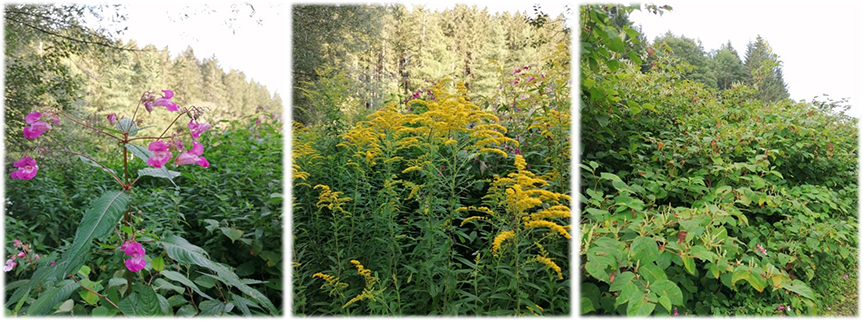Low feed value
In the “Neophyte Management” research project, the HBLFA Raumberg-Gumpenstein was able to demonstrate in the 2020 growing season that the three invasive neophytic plant species examined: Japanese knotweed ( Fallopia japonica ), glandular balsam ( Impatiens glandulifera ) and Canadian goldenrod ( Solidago canadensis ) during the course of the plant Development, apart from very young plants, had a very low feed value. The use of glandular jewelweed as fodder should also be categorically rejected due to its extremely high water content and poor preservation properties (production of fermentation juice, incorrect fermentation). Ensiling knotweed and goldenrod worked moderately well. The ensiled goldenrod had an intense smell. It should be checked here whether feed acceptance is reduced when presented to farm animals. Regarding the utilization of knotweed or goldenrod by ruminants, it must be said that it would only be conceivable to a very limited extent as additional feed in a mixed ration via silage.








